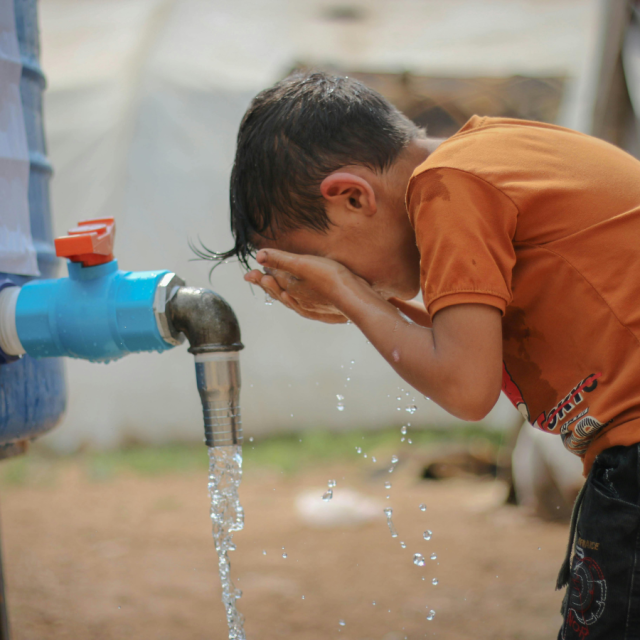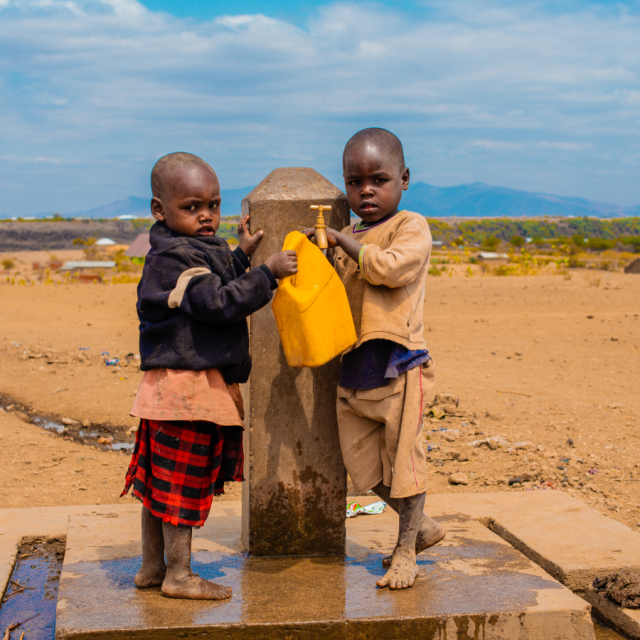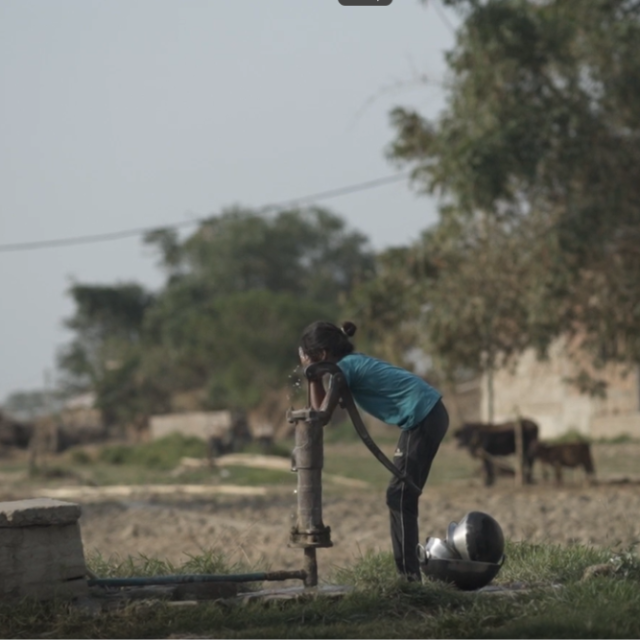
The Risks of Excessive Turbidity in Humanitarian Water
The Risks of Excessive Turbidity in Humanitarian Water
Excessive turbidity in humanitarian water is a significant concern due to its various risks. Turbidity, caused by suspended particles in water, can indicate contamination and impact water quality.
Health Risks from Pathogens and Contaminants
High turbidity can mask the presence of harmful pathogens, such as bacteria, viruses, and protozoa. These pathogens can cause waterborne diseases, which are a major health concern in humanitarian settings with limited medical facilities.
Interference with Disinfection Processes
Turbid water can impede effective disinfection. Particles in turbid water can shield microorganisms from chlorine and other disinfectants, reducing their efficacy and allowing harmful pathogens to remain in the water.
Impact on Water Treatment and Filtration
Excessive turbidity can complicate water treatment and filtration processes. It can lead to increased wear and tear on equipment and necessitate more frequent maintenance and replacement of filters.
Challenges in Water Quality Monitoring
Turbid water makes it difficult to assess and monitor water quality accurately. This can hinder efforts to ensure safe drinking water in humanitarian crises.
Environmental and Aesthetic Concerns
High turbidity can affect the aesthetic quality of water, making it unappealing for consumption. It can also impact the health of aquatic ecosystems if turbid water is released into the environment.
The Need for Regular Testing and Treatment
In humanitarian situations, regular testing for turbidity is essential. It helps in identifying water sources that require treatment and guides the choice of appropriate treatment methods.
Multiple Risks
Excessive turbidity in humanitarian water presents multiple risks, including health hazards and challenges in water treatment and quality monitoring. Regular testing and appropriate treatment strategies are crucial to manage these risks and ensure the safety and suitability of water for affected populations.




